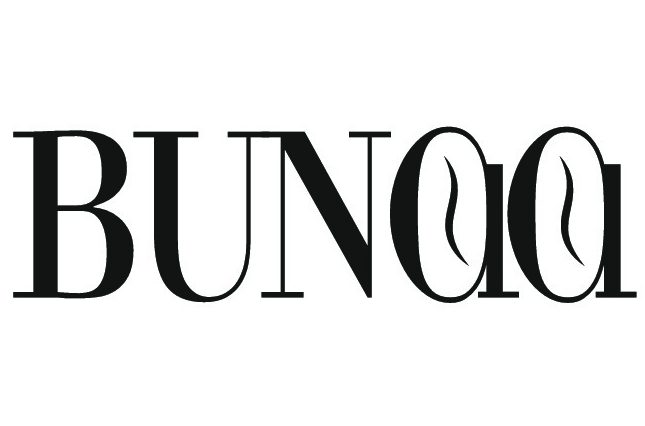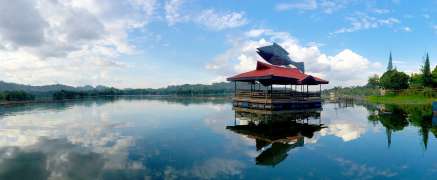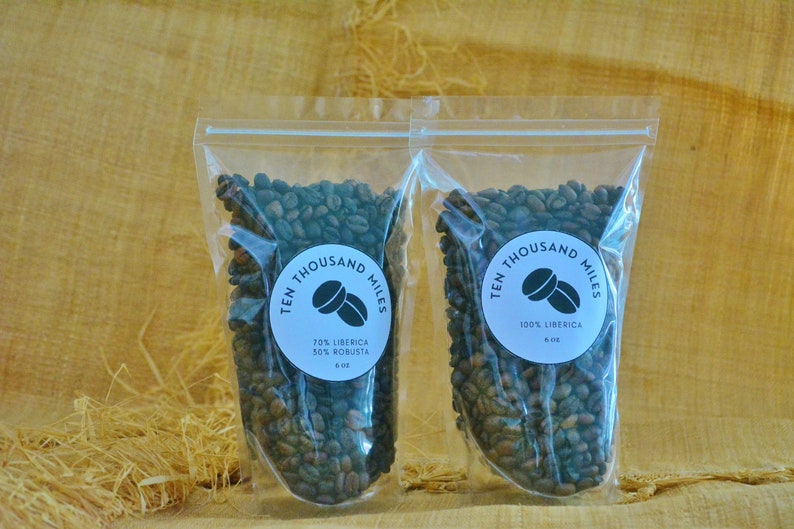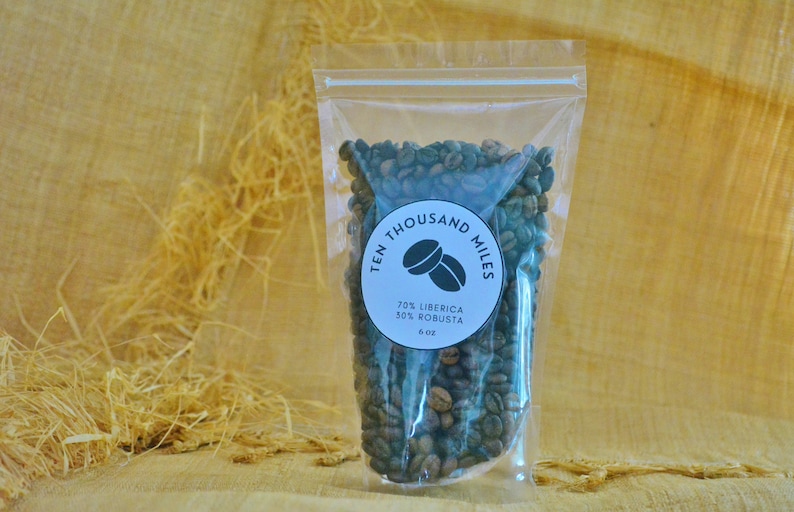On the 21st of October the day of coffee is celebrated in the Philippines in Lipa City.
- In 1740 a Spanish Franciscan monk planted the first coffee plant in Lipa, Batangas.
- Lipa is to date the capital of Philippines coffee.
- The Philippines was the only nation to have real benefit from the coffee leaf rust disease that afflicted Java, Brazil, and Africa in the 1880s.
- At that time, the 4th largest coffee exporter became the only global supplier of coffee beans.
- Philippines coffee is now the 15th coffee producer in the world.
- There are mostly small coffee farms.
Advertisment
- Soccsksargen, Mindanao and the Davao region are the main growing areas.
- Cultivation of 4 types of coffee: Robusta (71.7%), Liberica (2% Kapeng Barako Region), Excelsa (7%) and Arabica (20%, mainly Typica from the Cordillera region)
- harmonious round taste, full-bodied, spicy, balanced acidity
- The Robusta is often used in coffee blends or instant coffee production.
- But there is progress. A lot of farmers grow the Philippines coffee organically and there are more and more Third Wave coffee roasters who not only roast imported beans from Ethiopia or Brazil, but support the Philippines coffee industry.
- At the first coffee festival in Manila from 7th -9th March 2019 one could see this trend clearly. The focus is on sustainability and improvement but without forgetting about the very long coffee tradition of this country.
Philippines Coffee Culture
- Filipinos produce 62,000 tons of green beans but consume 100,000 tons of coffee annually and drink as much coffee as Americans.
- Although coffee shops and roasters are becoming more common, the country’s most popular coffee drink is instant coffee, which is certainly due to the cheaper price. Nestlé holds the monopoly on instant coffee with an 85% market share.
- Coffee bags are also available in the Philippines – like a tea bag, but with freshly ground coffee.
Philippines Coffee: Traditional Preparation: Kapé
The Philippines coffee is natural processed. Then the raw coffee beans are roasted in a clay pot on an open fire. In fact, it looks as if the beans burn during the roasting process, as they are very dark outwardly. If you break up the beans, however, they are roasted on the inside only medium, so that the brewed coffee then tastes both strong with fruity notes.
After roasting, the beans are ground in old metal mills by hand. However, the coffee receives its locally unique taste only whith brewing. It is boiled in a kettle on an open fire. Depending on which local wood is used for the fireplace, the coffee gets infused for example, by pine wood. So the same coffee tastes slightly different depending on the wood that ws used for the fireplace. After boiling the coffee, it is poured into cups and sweetened with local brown cane sugar. Just lovely!
Barako/ Kapé/ Batangas Kaffee
- Literally translated from Tagalog (the language of the Philippines), “barako” means “wild boar”.
- It is the Liberica coffee – a disappearing type of coffee that is only now on the brink of extinction.
- Bring 500ml water to the boil in a saucepan, add 3 tbsp of ground Philippines coffee. Boil for 5 min and add 3 tbsp of sugar. Let the coffee grounds settle to the bottom and strain through a sieve.
Kopi Luwak
- As in Indonesia, there is the quite controversial civet coffee here.
- Coffee beans excreted by the Luwaks are collected in the forest or produced on farms in the islands of the Philippines.
- In the Cordillera region it is called Kape Motit, in Tagalog areas Kapé Alamíd, Kapé Melô or Kapé Musang in Mindanao and Kahawa Kubing is the name of the cat coffee in the Sulu Archipelago.
- It has a dark chocolate flavor.
Coffee Jelly
For this dessert you mix your favorite coffee with condensed milk, whipped cream, sugar and gelatin. Boil everything and let it set in the fridge.
For advertising links on this page the dealer may pay a commission. These advertising links are marked with an asterisk (*) – images and banners are marked with “Ads” or “Advertisment”. There are no costs for you. Find more information in the data protection regulations here.






Great post about coffee!! I also have a coffee company in philippines selling Philippine Coffee .
Thanks Awon for commenting! I find it very fascinating how coffee quality and sustainability developed the last years!